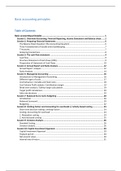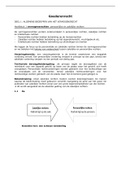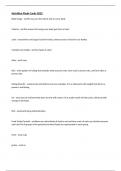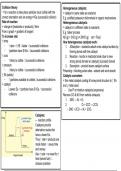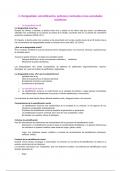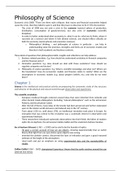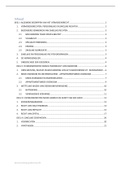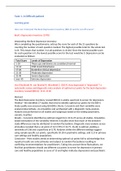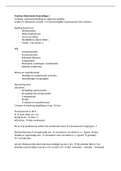Summary
Summary Basic Accounting Principles
- Institution
- Imperial College London (ICL)
Overview Accounting, Financial Reporting, Income Statement and Balance sheet Preparing Financial Statements (The Balance Sheet Equation, Three Fundamentals of double entry bookkeeping, T-Accounts, Analysing transactions) The cash flow statement (Structure Statement of Cash Flows (IFRS), Preparatio...
[Show more]
